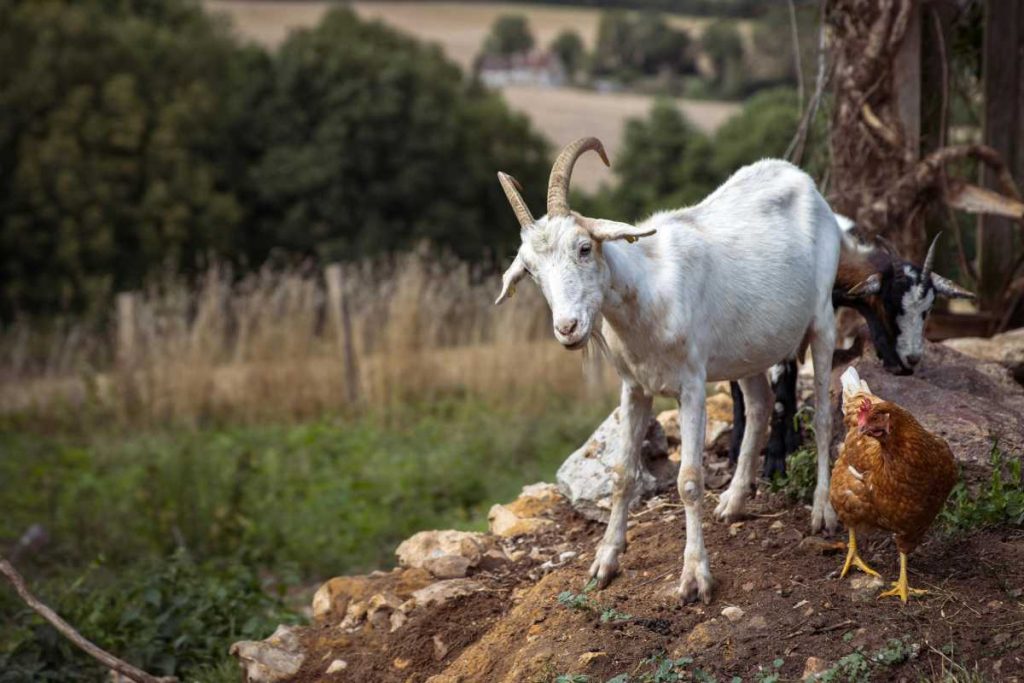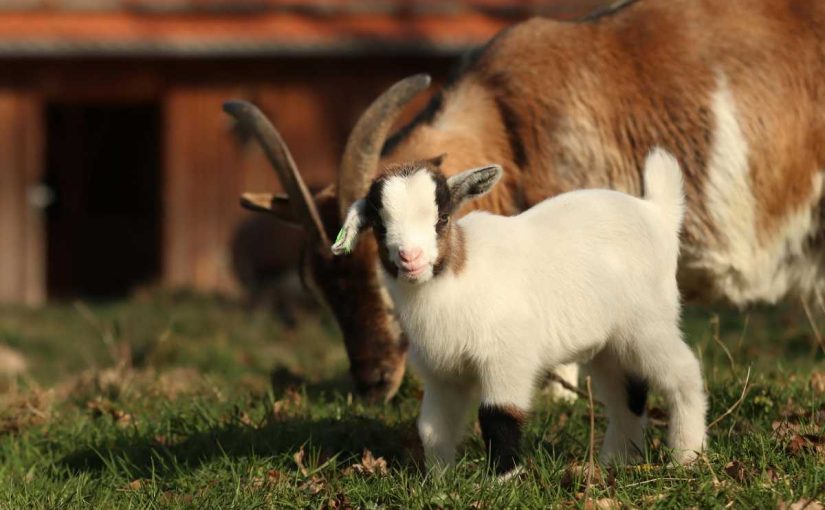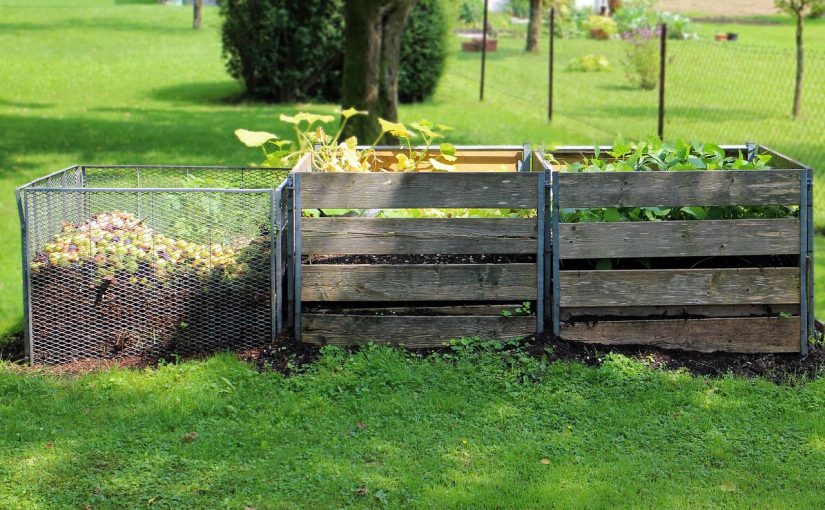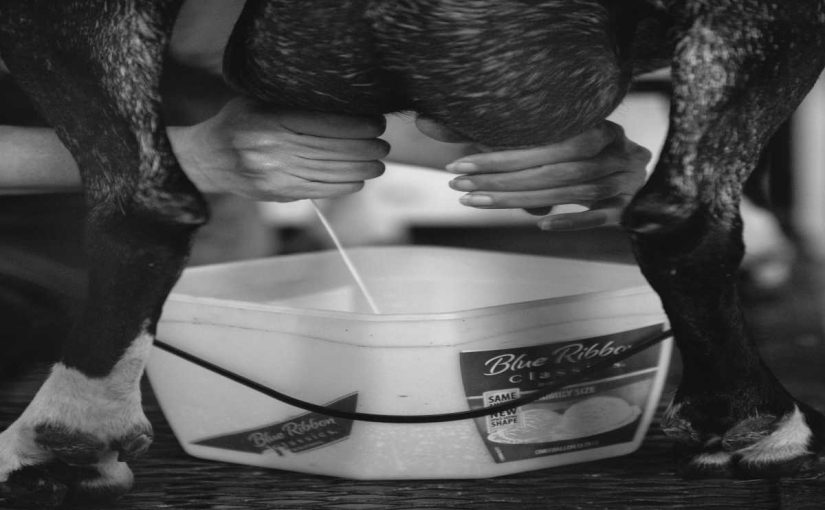Goats are known for their remarkable ability to graze a wide variety of vegetation, making them an invaluable tool in land management and sustainable farming practices. One of the biggest advantages of raising goats is their capacity to efficiently forage and convert different types of plant material into valuable products like milk, meat, and fiber. However, for goats to thrive and for the land to remain healthy, it is crucial to optimize their grazing practices to ensure they are getting the most out of available forage while maintaining the health of the pasture. Maximizing forage utilization is essential for reducing feed costs, promoting sustainable land use, and ensuring the well-being of the goats.
In this blog, we’ll explore 7 key methods that can be implemented to maximize forage utilization in goat grazing. These strategies are designed to help farmers, homesteaders, and goat owners make the most of available land and forage, ensuring a healthy and productive herd while maintaining soil health.
1. Rotational Grazing
One of the most effective methods for maximizing forage utilization is rotational grazing. This system involves dividing the pasture into smaller sections (called paddocks) and rotating the goats through these sections. The goats are allowed to graze in one paddock for a period of time, after which they are moved to another paddock while the first one rests and recovers.
Benefits of Rotational Grazing:
- Improved Forage Health: By rotating grazing areas, you prevent overgrazing in any one spot, allowing the plants time to regenerate. This promotes healthier, more resilient forage.
- Better Soil Health: Resting paddocks allows plants to regrow and increases the organic matter in the soil, which can improve soil structure and fertility.
- Increased Forage Availability: By utilizing multiple paddocks, you can maximize the amount of forage available to your goats over time. This reduces the need for supplemental feed and helps ensure a consistent food source.
Implementation Tips:
- Create at least 3-4 paddocks, if possible, to allow for adequate rest periods between grazing cycles.
- Use electric fences to easily rotate goats from one paddock to another.
- Adjust the grazing time and paddock size based on the forage type and seasonal conditions.
2. Managing Stocking Density
Another important factor in maximizing forage utilization is managing the stocking density—the number of goats in a given area of pasture. Too many goats in one area can lead to overgrazing, while too few can result in underutilized forage.
Why Stocking Density Matters:
- Efficient Forage Use: The right stocking density ensures that goats are grazing enough area without overwhelming the land. It allows them to efficiently consume available forage without damaging the pasture.
- Preventing Overgrazing: Overcrowding leads to excessive grazing, which can cause soil erosion, degradation of pasture, and poor-quality forage.
- Maximizing Growth Potential: By adjusting stocking density, you allow the pasture to support the maximum number of goats while maintaining the health of the land.
Tips for Managing Stocking Density:
- Monitor your pasture and adjust stocking rates based on the amount of available forage. As a general guideline, each goat requires approximately 1-2 acres of pasture, depending on the quality of the land and the type of forage available.
- Use forage management tools like pasture assessments and grazing guides to determine the optimal number of goats per acre.
- Keep an eye on the condition of the pasture, adjusting the stocking density based on its health and the goats’ consumption patterns.
3. Selecting the Right Forage Species
The type of forage you plant or encourage to grow in your pasture plays a huge role in how efficiently your goats can utilize it. Goats are selective browsers and prefer a mix of grasses, legumes, and weeds. Ensuring a diverse and balanced mix of forage species can significantly enhance the nutritional value of their diet.
Benefits of Choosing the Right Forage:
- Enhanced Nutrient Content: Different forage species offer different nutrients. Including a variety of grasses and legumes will provide a more balanced diet for the goats, reducing the need for supplemental feed.
- Seasonal Grazing: Some plants are better suited to certain seasons, which can ensure that there’s always something for the goats to graze year-round.
- Weed Control: Goats are excellent at controlling weeds and invasive plants. A pasture filled with diverse, well-maintained plants will give goats the opportunity to graze on their preferred species while controlling unwanted plants.
Recommended Forage Species:
- Grasses: Ryegrass, fescue, and orchardgrass are great options for goat pastures.
- Legumes: Alfalfa, clover, and lespedeza provide high protein content that goats need.
- Weeds: Goats love weeds such as thistle, dandelion, and goldenrod, which can help manage pasture overgrowth.
Tips for Forage Selection:
- Plant a mixture of grasses and legumes to provide a balanced diet that meets the nutritional needs of goats.
- Choose plants that are suitable for your climate, soil type, and grazing conditions.
- Encourage natural forages by reducing chemical treatments, which can help foster a diverse ecosystem in your pasture.
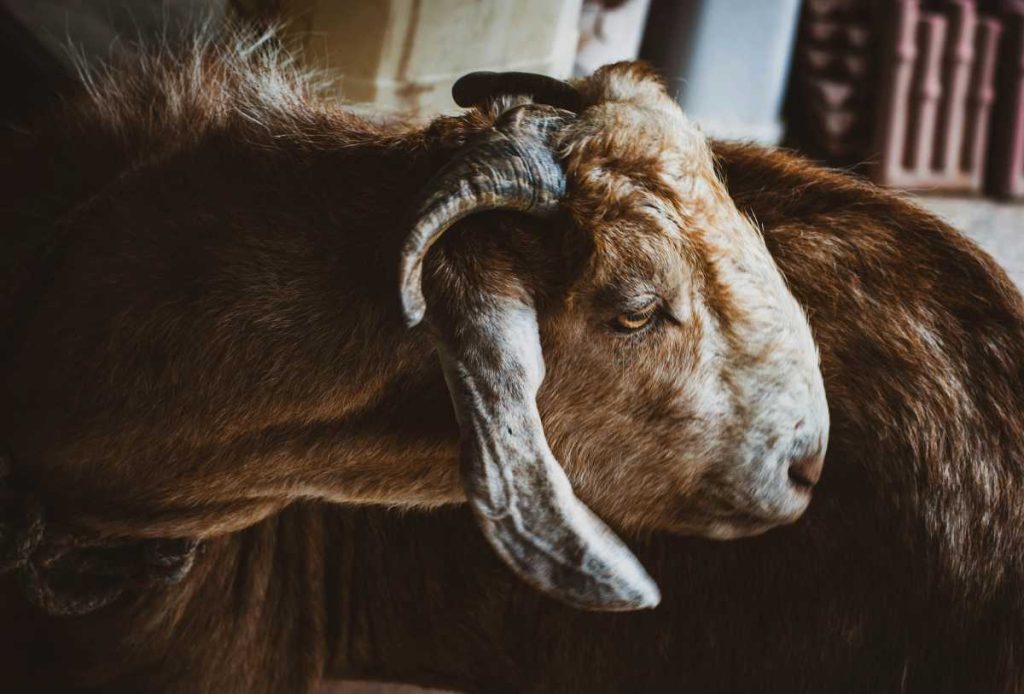
4. Maintaining Pasture Health with Proper Fertilization
Pasture health is crucial for maximizing forage utilization. Proper fertilization can improve soil fertility and enhance forage growth, leading to more abundant and nutritious grazing material for goats.
Why Fertilization is Important:
- Boosts Forage Growth: Fertilizing pastures ensures that your goats have access to high-quality forage throughout the growing season.
- Improves Soil Nutrient Levels: Nutrient-rich soil results in stronger, more resilient plants. This helps the pasture recover from grazing and reduces the risk of overgrazing.
- Supports Diverse Forage Species: Well-fertilized soil supports a diverse array of forage species, which helps meet the varied dietary needs of goats.
Tips for Fertilizing Pastures:
- Conduct a soil test before fertilizing to determine nutrient deficiencies and ensure that you’re applying the right type and amount of fertilizer.
- Use organic fertilizers such as compost or manure, which add both nutrients and organic matter to the soil.
- Apply fertilizer in the early spring and fall when plants are actively growing to ensure the maximum benefit.
5. Supplementing with Quality Feed
While goats can thrive primarily on forage, there are times when supplementation may be necessary to ensure they are receiving a balanced diet. This is especially true during periods of drought, winter, or when pasture quality is low.
Why Supplementation Matters:
- Maintains Nutritional Balance: Even with good forage management, there may be times when goats require additional vitamins, minerals, or energy to maintain their health and productivity.
- Improves Growth and Milk Production: Supplementing with high-quality feed can help improve the growth rates of kids (young goats) and boost milk production in dairy goats.
- Enhances Forage Utilization: Providing supplemental feed can help goats meet their nutritional needs while they graze, allowing them to consume more of the available forage and improve overall utilization.
Tips for Supplementing Feed:
- Provide a high-quality mineral supplement to ensure goats receive the necessary nutrients.
- Use hay or silage during the off-season when pasture quality is lower.
- Ensure that supplemental feed is used as a complement to grazing, not a replacement for it.
6. Improving Water Access
Water is essential for optimal forage utilization. Without adequate access to fresh water, goats cannot effectively digest the forage they consume, which leads to poor health and reduced productivity.
Why Water is Critical:
- Aids Digestion: Goats need plenty of clean, fresh water to help digest forage and absorb nutrients effectively.
- Prevents Dehydration: Dehydration can lead to weight loss, reduced milk production, and overall poor health.
- Supports Maximum Grazing Efficiency: When goats have access to clean water, they are better able to graze effectively and get the most out of their forage.
Tips for Improving Water Access:
- Ensure goats have access to fresh, clean water at all times, especially during hot weather.
- Provide water troughs or automatic waterers in multiple locations to reduce competition and ensure goats can easily hydrate.
- Clean water sources regularly to prevent algae growth and contamination.
7. Grazing Management During Different Seasons
The growing season and environmental conditions have a significant impact on the availability and quality of forage. Managing grazing during different seasons is crucial for maintaining pasture health and ensuring goats are getting the most out of their grazing.
Seasonal Forage Challenges:
- Spring and Summer: During the warmer months, forage tends to be more abundant, but it can also become overgrazed if not managed properly. Rotational grazing is especially important to prevent overgrazing during these seasons.
- Fall and Winter: In cooler months, forage growth slows down, and goats may need supplemental feed. Managing grazing during these times ensures that goats have enough to eat without damaging pasture that is not actively growing.
Tips for Seasonal Grazing Management:
- In fall and winter, allow pastures to rest and recover by rotating goats to different areas.
- Use hay or silage in winter months to supplement grazing and provide additional nutrients.
- Adjust grazing pressure during droughts or dry seasons to protect pasture health and ensure enough forage is available for goats.
Conclusion
Maximizing forage utilization is crucial for ensuring that your goats remain healthy and productive while maintaining sustainable land practices. By implementing methods such as rotational grazing, managing stocking density, selecting the right forage species, and providing proper supplementation, you can enhance the efficiency of your goat farming operation. Effective forage management will not only reduce feed costs but also promote soil health, increase pasture productivity, and help goats thrive in any environment.
By carefully considering the needs of your goats and the health of your pasture, you can create a harmonious system that maximizes the potential of your land while providing your herd with the best possible nutrition and living conditions.

